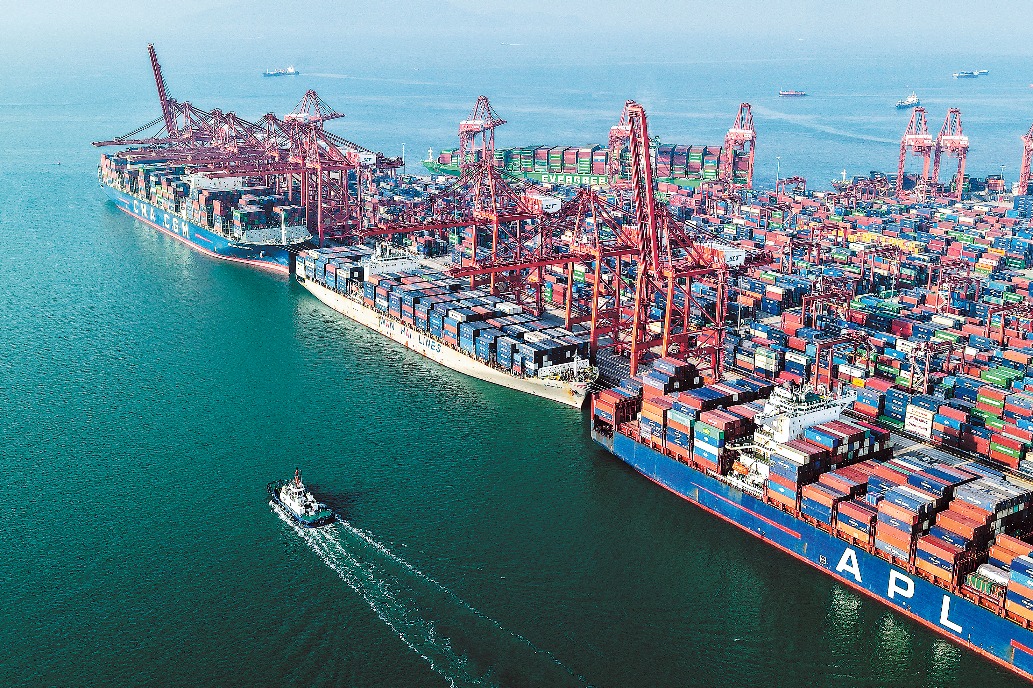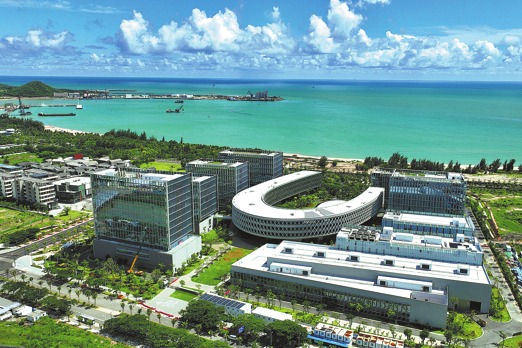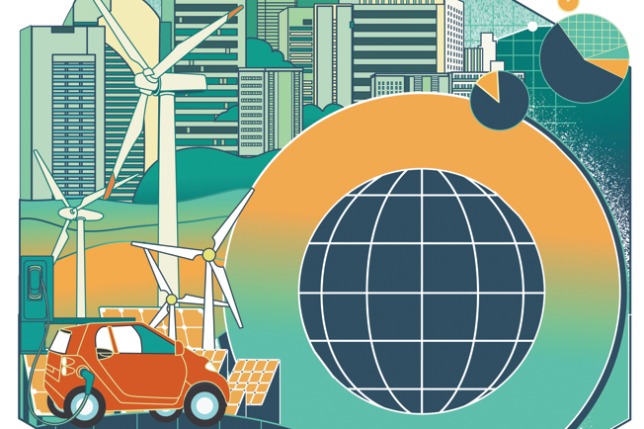Tough act to follow
India-Middle East-Europe Economic Corridor will not be able to compete the Belt and Road Initiative unless the US can find a way to put flesh on the bones

India-Middle East-Europe Economic Corridor will not be able to compete the Belt and Road Initiative unless the US can find a way to put flesh on the bones

China's Belt and Road Initiative, which celebrated its 10th anniversary in late October, retains a powerful position throughout many parts of Asia, Europe and the Global South.
Let's consider just one BRI project, the China-Pakistan Economic Corridor (CPEC), which commenced in 2015 and will provide safer passage of goods and services from East and South Asia into Europe (and vice versa).It also will speed up energy imports to China. Projects under the CPEC are flourishing all across Pakistan, attracting about $25.4 billion of direct investment and creating 236,000 jobs by the end of 2022. The CPEC has made tangible contributions to the national development of Pakistan and connectivity in the region. It is a win-win cooperation, a message often uttered by Beijing.
A lengthy list of ongoing projects could be added here, but you get the point: The BRI is the original. It is succeeding. It has earned the accolades it has received.
Of course, US and Western politicians have a list of often-heard complaints about the BRI: Debttrap diplomacy is one regularly tossed around. Careful analysis by influential news magazines and leading international scholars has found that such claims cannot be substantiated. Therefore, each time the fallacy of the debt-trap is uttered, you should remember that leading figures in the West criticize the BRI because they know it is working, and they fear the BRI will engender increasing positive feelings about China across the world, especially in the Global South.
With all of this in mind, US President Joe Biden recently announced a new effort to create what might be considered a Western-based version of the BRI. At first glance, this sequel will never match the original.
The White House insists the India-Middle East-Europe Economic Corridor (IM EC) will guarantee enhanced trade and development throughout South Asia, the Middle East and Europe. Using railways and waterways (much like the BRI does), IMEC aims to "increase efficiencies, reduce costs, enhance economic unity, generate jobs, and lower greenhouse gas emissions" according to the White House. Granted, the IMEC concept is so new that there are no tangible projects yet associated with it. But will there ever be? There are plenty of reasons to believe the answer is no.
First, with the 2024 presidential election about to take center stage in the United States, President Biden may have a hard time convincing the Congress and a skeptical public that a major international economic project will be good for the US.
Second, the change in Middle East viewpoints about China must be acknowledged. China has made substantial inroads in the region in recent years — solidifying relations between Iran and Saudi Arabia — which might be the most important symbolically. Let us also remember that some Middle East nations are joining China in other important peace and stability efforts, such as the Global Security Initiative. Therefore, gone are the days when regional powers viewed Washington as the sole legitimate arbiter of disputes.
Third, across the world, the US' message about democracy and human rights is falling on deaf ears. Of course, the IMEC is not an aid initiative; nevertheless, we are well aware that countries from all parts of the world look askance at Washington's insistence on such values, and that suspicion has only deepened over the past few years. The US' dubious record in these areas is never far from mind.
One other item cannot be forgotten. The presidents of China and the US met for a summit in San Francisco alongside the recent APEC gathering.
Following that, President Xi Jinping urged the US to support five pillars for bilateral relations. One of them relates well to BRI and IMEC. The two sides should keep their initiatives open to each other, or coordinate and connect them for synergy, to benefit the world.
More will be learned about the IMEC in the coming months. For now, skepticism abounds with far fewer countries interested in participating and a paltry budget associated with it. If President Biden and his allies cannot substantively change the current narrative, the debate about whether IMEC will ever become anything more than just a paper plan will intensify.
The author is an associate professor at the Department of Communication and Organizational Leadership at Robert Morris University in Pennsylvania. The author contributed this article to China Watch, a think tank powered by China Daily.
Contact the editor at editor@chinawatch.cn


































